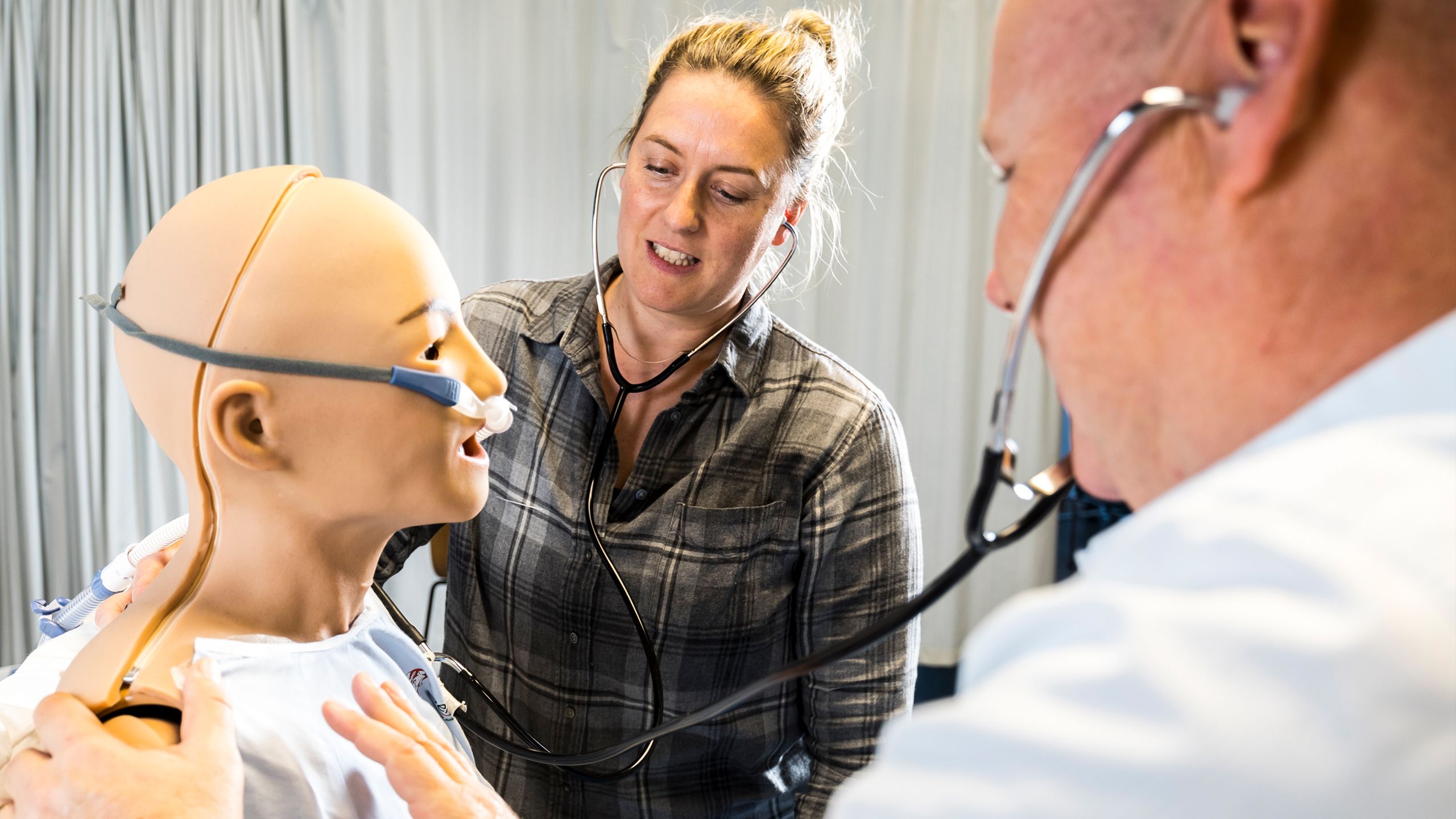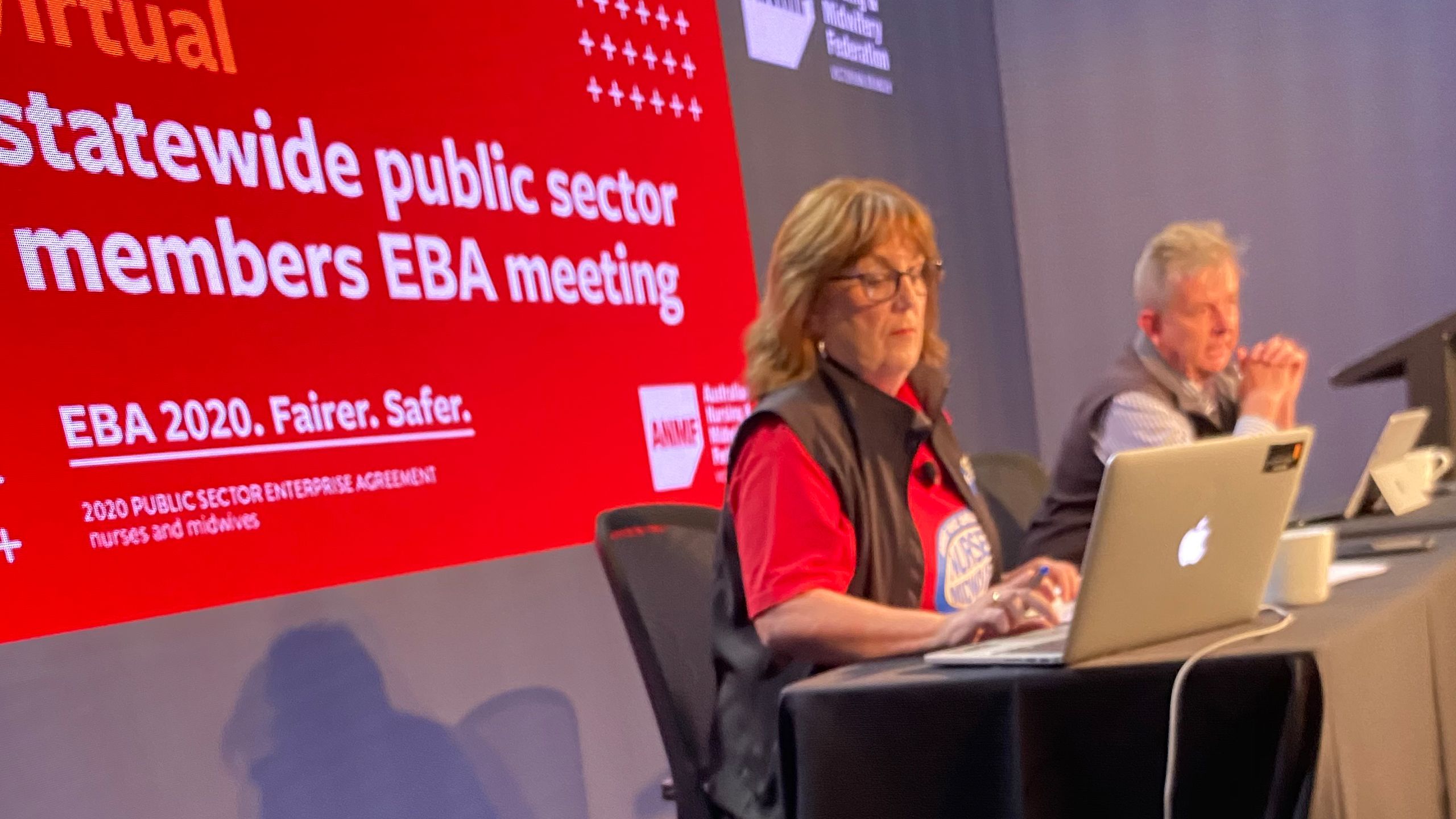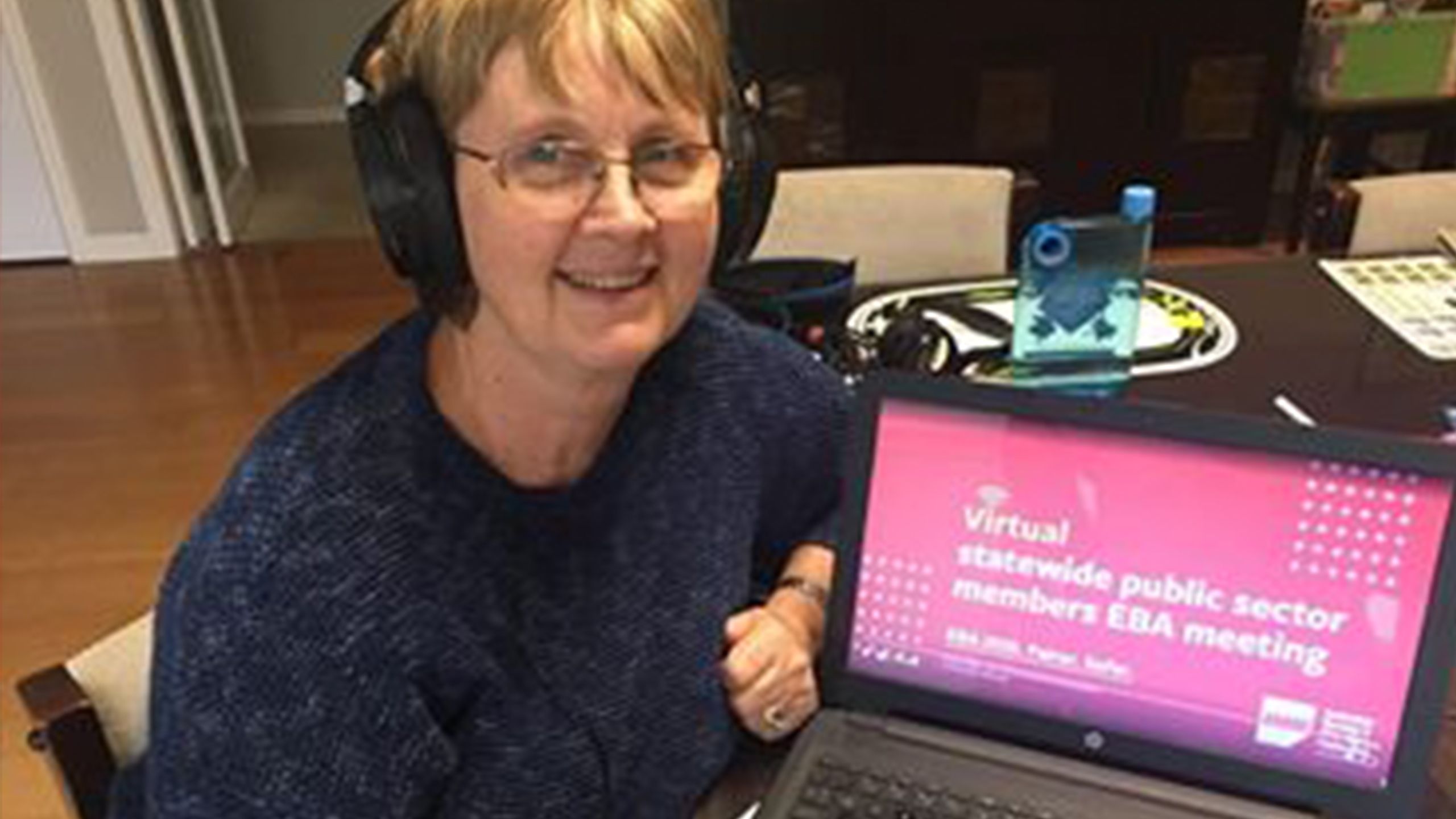The year that
was 2020

The year that was 2020 began with bushfires flaring in Gippsland, Corryong and Victoria’s Alpine region.








The town of Walwa
The town of Walwa

Great Alpine Road
Great Alpine Road

Kangaroos at Bright
Kangaroos at Bright

Walwa Bush Nursing Centre CEO Sandi Grieve
Walwa Bush Nursing Centre CEO Sandi Grieve

CFA volunteers at Walwa
CFA volunteers at Walwa

Bushfire at Walwa
Bushfire at Walwa

Orbost nursing home residents being evacuated
Orbost nursing home residents being evacuated
Hundreds of members answered ANMF’s call for volunteer nurses and midwives to staff health services in Corryong and Alpine Shire, giving respite to staff who had worked for days without a break.
ANMF (Vic Branch) Secretary Lisa Fitzpatrick and Assistant Secretary Pip Carew, and several Branch organisers and professional officers were among those who volunteered.

Lisa Fitzpatrick and Pip Carew walking to start their shift at Myrtleford
Lisa Fitzpatrick and Pip Carew walking to start their shift at Myrtleford
ANMF (Vic Branch) once again demonstrated the generosity of our members towards their colleagues and the broader community in a time of crisis, donating $25,000 to the Bushfire Disaster Fund and providing targeted financial support to members who had lost homes, property, fencing, or other equipment.

Orbost Regional Hospital staff
Orbost Regional Hospital staff
The response from our members reminded us why nurses and midwives are so trusted and respected within the community. Members in Gippsland, Corryong and Alpine Shire, including Walwa Bush Nursing Centre CEO Sandi Grieve and Sam Osborn of Orbost Regional Health, told of working under intense pressure, staying at work to care for patients, nursing home residents and community members, all the while not knowing whether their homes, family members and friends were safe.

Smoke haze from ANMF building
Smoke haze from ANMF building
The smoke the bushfires generated caused secondary health impacts, both within the regions and in cities. Air quality in Melbourne and Geelong was extremely poor in January, with Ambulance Victoria recording an increase in calls for breathing difficulties.
The bushfires further underscored the terrible impact of climate change on health and how urgently climate change action is needed.
While Victorians were still reeling from bushfires, the first ‘novel coronavirus’ case in Australia was confirmed by health authorities in Melbourne on 25 January.
By 29 January, ANMF had joined with nurses around the world in urging the World Health Organisation to upgrade its advice to health practitioners and their employers about coronavirus.
As information on restrictions, the spread of the virus and infection control began to evolve rapidly, ANMF (Vic Branch) replaced our regular publications with rolling COVID-19 newsflash updates.
In between the bushfires and the COVID-19 response, ANMF (Vic Branch) ran a symposium on the important issue of physical and chemical restraint in aged care.
The symposium dealt with the practical, human rights, ethical and legal issues associated with the use of restraint.

Paul Gilbert, ANMF (Vic Branch) Assistant Secretary, speaking at the 2020 aged care physical and chemical restraint symposium
Paul Gilbert, ANMF (Vic Branch) Assistant Secretary, speaking at the 2020 aged care physical and chemical restraint symposium
In the International Year of the Nurse and the Midwife, our professions have rarely faced such an immense challenge, with the uncertainty surrounding the spread of the coronavirus and its impacts, and the fear and anxiety of providing care during a pandemic.




Aged care registered nurse Rocel Sheker at a ‘Reorientation to acute care’ workshop.
Aged care registered nurse Rocel Sheker at a ‘Reorientation to acute care’ workshop.

Nursing educator, Pam King
Nursing educator, Pam King

Registered nurse Susan Priest and nursing educator, Simon Plapp
Registered nurse Susan Priest and nursing educator, Simon Plapp
ANMF rapidly established a ‘Reorientation to acute care’ course to bolster the Victorian health system’s capacity to care for COVID-19 patients and 12 COVID-19 related online modules.
Thousands of nurses, carers and midwives signed up for the additional COVID-19 workforce register.
As elective surgery was cancelled to prepare the health system during the first wave of infections, ANMF lobbied for public and private sector nurses who lost shifts, to receive payments equivalent to previous earnings.
Many ANMF education courses, and Job Rep/HSR training, were quickly adapted for an online format.
For International Nurses Day, 12 May, ANMF (Vic Branch) hosted an online candlelight vigil to honour our overseas nurse colleagues who had lost their lives treating and caring for COVID-19 patients.
We were overwhelmed by the number of Australian and New Zealand nurses, midwives, carers, union leaders and politicians who responded to our call, and whose candlelit photos and videos were accompanied by Vika and Linda Bull’s moving rendition of Amazing Grace.

Melbourne musicians Vika and Linda Bull singing Amazing Grace
Melbourne musicians Vika and Linda Bull singing Amazing Grace
Our stories in On the Record and The Handover marking International Nurses Day and International Midwives Day shone a light on the resilience and determination of Victoria’s nurses and midwives to care for and advocate for their patients in the most demanding circumstances.


We sent members a commemorative pin depicting Florence Nightingale, marking the 200th anniversary of the birth of the world’s most famous nurse, who opened the first nursing school and used data to drive healthcare reform.




Commemorative pin design
Commemorative pin design

Nightingale’s diagram of the causes of mortality in the Army in the East.
Nightingale’s diagram of the causes of mortality in the Army in the East.

Florence Nightingale
Florence Nightingale
Victoria’s second wave of infections in July and August saw coronavirus sweep through residential aged care, hitting hard the private aged care sector overseen by the Federal Government where nurse to resident ratios do not apply.
The ANMF strongly advocated for protective measures for our members working in aged care, as well as the public and private sector nurses who volunteered to assist in affected facilities.
As a Victorian Government investigation revealed many healthcare workers and personal care workers were acquiring the second-wave of the virus at work, the Healthcare Infection Prevention and Wellbeing Taskforce was established, with ANMF (Vic Branch) Secretary Lisa Fitzpatrick representing members.
ANMF also represented members to the Victorian Government’s Safer Care PPE Taskforce and advocated for members working in aged care to not be financially disadvantaged by the single-site employment policy.
ANMF advocacy led to the Andrews Government providing $600,000 additional funding to the Nursing and Midwifery Health Program Victoria (NMHPV), enabling it to expand its service to personal care workers in residential aged care.
With NMHPV we ran the ‘I’m only human’ campaign to remind nurses, midwives and personal care workers that self-care is good practice and there is no shame in reaching out for the free and independent counselling and support NMHPV offers.








ANMF (Vic Branch) negotiated the 2020–24 public sector general enterprise agreement with nearly 2000 members voting in favour of the agreement at a virtual EBA meeting on 16 April.
The agreement includes a further 9 per cent wage increase as part of an 8 year wage deal – with 3 per cent increases in December 2020, 2021 and 2022.
ANMF members had approximately 170 claims covering definitions; leave; allowances; midwifery governance; predictable hours of work; fatigue and overtime; dispute resolution; recruitment and retention initiatives; education and professional development; maximising permanent employment; occupational health and safety; and gender equity.
The public sector general enterprise agreement established benchmark wages and conditions for the mental health and private acute EBAs under negotiation.
Counsel assisting the aged care royal commission submitted 124 recommendations to the commissioners on 22 October.
The lawyers called for an overhaul of the aged care system, including mandated staffing ratios in residential aged care, compulsory registration of personal care workers and a new independent watchdog organisation.
The recommendations vindicated ANMF’s longstanding campaign for mandated staffing ratios across all residential aged care facilities, not just the public nursing homes as applies in Victoria. The royal commission is expected to hand down its final report on 25 February 2021.
On a celebratory note,
2020 marked the
20th anniversary of the Australian Industrial Relations Commission ruling that introduced nurse/midwife to patient ratios in Victoria.
Commissioner Wayne Blair handed down his decision which changed forever the working conditions of Victorian nurses and midwives at a private hearing on 31 August 2000.

EBA signage at Festival Hall - 2000
EBA signage at Festival Hall - 2000
The landmark decision did not come out of nowhere. Under the leadership of former ANMF (Vic Branch) Secretary Belinda Morieson and Assistant Secretary Hannah Sellars, Victorian nurses and midwives had undertaken the most significant industrial relations campaign since the 1986 50-day strike.
It’s been a stressful year for our members, who have provided care for Victorian patients and residents under difficult conditions, with extraordinary resilience.
ANMF (Vic Branch) wishes you and your families and friends a safe, peaceful and happy Christmas and 2021.

